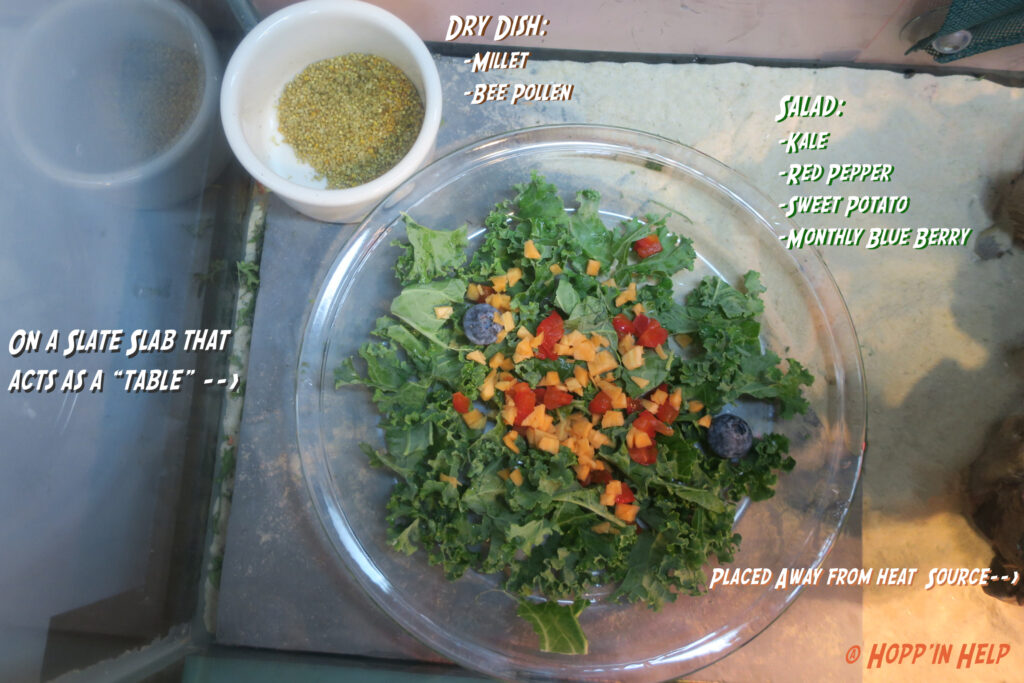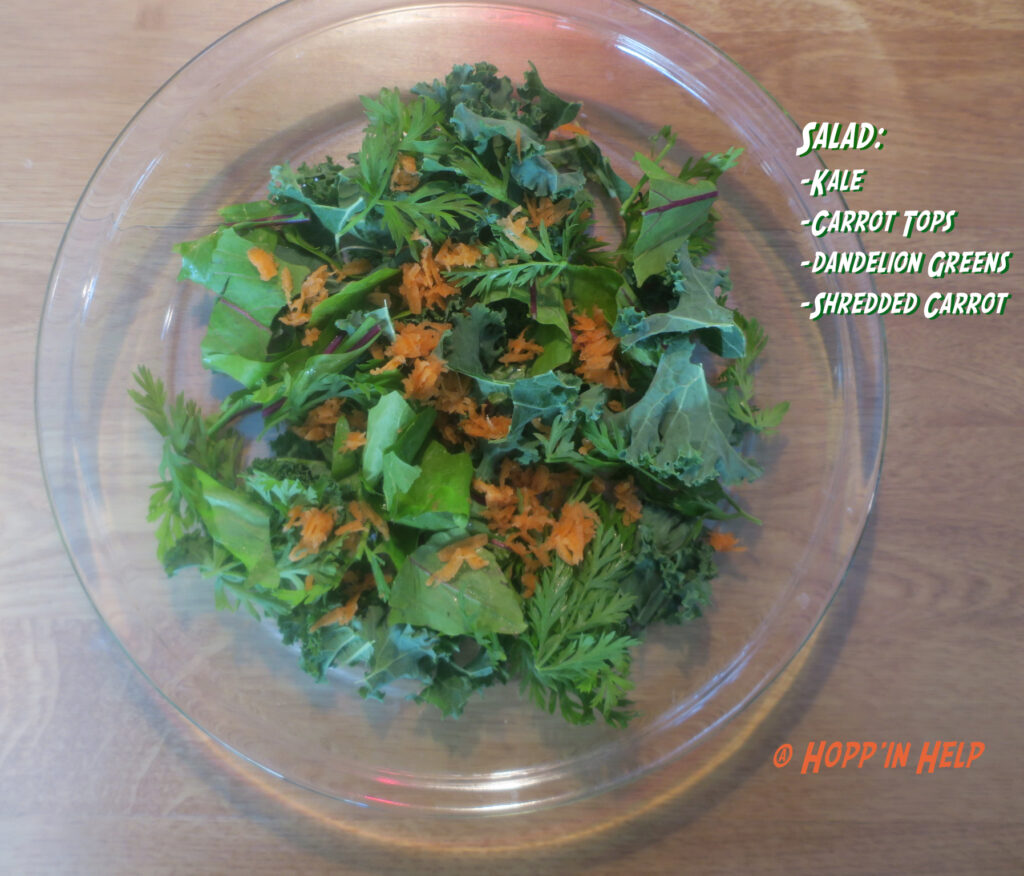CHUCKWALLA CARE SHEET
Sauromalus ater

PERSONAL EXPERIENCE: The perfect way to describe a Chuckwalla is a sassy hash brown with legs. Chuckwalla’s are like puppies to their care provider. They grow extremely attached and enjoy your presence. However, they are not very fond of others. They will only begin to trust people that you highly trust after lots of time socializing together! My Chuckwalla is by far my most “human” like pet. She is extremely smart and has lots of personality. Chuckwalla’s are by far one of my favorite reptiles to work with.
CAPTIVITY DIFFICULTY: Intermediate
LIFE SPAN: 15-20 years
ACTIVITY: Chuckwallas are diurnal meaning they are active during the day. Your Chuckwalla will bask, eat, and rest in different places in their enclosure while the sun is up. At dusk, your Chuckwalla will find a comfortable place to sleep and then go to bed.
However your Chuckwalla will love to lounge around and take naps during the daytime. In a way they are like toddlers, they usually nap after a big meal! When they are super comfy they “sploot”! This is when they lay with one to all arms back. If you see your Chuckwalla doing this, they are okay and are actually very comfy!

ENCLOSURE: Chuckwalla’s are native to rocky/sandy deserts meaning they require a similar substrate in captivity. A 50/50 mixture of sand and clay make a perfect substrate. Play sand is ideal, below are the instructions to clean play sand. The substrate can be 1-2 inches (2-5cm) deep. Large phyllite and slate rocks can be placed about the substrate. A large basking with multiple levels is extremely important. The heat source should be placed directly above the highest area in the enclosure. A large driftwood piece may be used. I personally recommend seagrass hammocks and loungers to customize your enclosure. As seen below, I use multiple loungers to create different levels to bask at. The hammock is placed by the heat emitter where my chuckwalla sleeps at night.
The food dish, and water bowl if needed, should be placed on the farthest spot from the basking spot to prevent the food from drying out and increasing humidity. I highly suggest placing the food dish on a slate tile to prevent sand from falling in and creating a flat surface for your Chuckwalla to eat on. Chuckwalla’s typically receive all their water from the food they eat so a water dish is not “needed”. However, you must ensure they are hydrated.
How to Sterilize Play Sand: Begin by placing the sand needed in a large bucket/bowl. Pour boiling water carefully into the container and stir until the sand is submerged. Allow to sit for around 5 minutes and then drain the sand. Repeat this process if the sand is still dirty after draining. Place sand on a baking sheet and dab with paper towels. Give sand time to thoroughly dry out. Bake sand in the oven at 180 degrees F (82 C) for 30 minutes and then your sand is sterilized. Be sure to allow plenty of time for the sand to cool and break down any clumps.
Do I need a water dish? Chuckwallas typically never drink from a body of water. They receive the water they need from the food they eat. A water dish is only needed for females who have recently laid eggs. An unnecessary water dish with increase the humidity too much.
SIZE OF ENCLOSURE: A 50-75 gallon enclosure is recommended. A juvenile can be kept in a 40 gallon breeder until their body is 4 inches (10cm) long. Such a large enclosure is needed because they need space to move about and they get big!

HUMIDITY: 15-40%
TEMPERATURE: Chuckwalla’s require a basking spot of around 110-120 degrees F (43-49C). The type of bulb you use depends on your enclosure and what will reach the proper temperature. I use GE 80W Halogen outdoor floodlight bulbs for my Chuckwalla. The cooler areas of your enclosure should range around 85 degrees F (29C).
At night, the temperature should not drop below 70 degrees F (21C). A 40-60W heat emitter can be used to keep the temperature up. All lights must be off to ensure proper day and night cycles. Meaning red and blue lights cannot be used because reptiles can see this light.
UVB LIGHTING: UVB light is a necessity. Chuckwalla’s are native to the southwest desert region of the United States and Mexico. Here they receive large amounts of UVB, this needs to be translated into their enclosure. A Zoo Med Reptisun T5 or T8 10.0 Linear UVB bulb is proper. The linear bulb should be around 2/3rd’s of the enclosures length and placed were your Chuckwalla rests during the day. Your UVB light should be on a timer for 12 hours a day.

FEEDING: Chuckwalla’s are primarily herbivores. However, adults may be offered a live insect on rare occasions. A fresh salad must be provided each day and a bowl of dry dish blend should be available and filled when needed. For juveniles, salads should be chopped thoroughly. Small pieces encourage them to continue eating and it reduces the chance of impaction. Veggies should not be given until the Chuckwalla is around a year old. An adult’s diet should consist of 50% of leafy greens, 20% vegetables, 10% dry blend 7% flowers, and 2% fruits. Flowers are not unhealthy but lack needed nutrients and water. Flowers can be a topping to daily salads. Fruits are high in sugar and should only be occasionally given as snacks.
Leafy Greens:
- Kale
- Dandelion Greens
- Collard Greens
- Mustard Greens
- Carrot Tops
- Beet Tops
- Escarole
- Radicchio
Vegetables:
- Grated Carrot
- Diced Red Bell Pepper
- Shredded Butternut Squash
- Shredded Sweet Potato
- Peas
Dry Dish:
- Millet
- Lentils
- Bee Pollen (Not a seed but should be in the dish!)
Flowers:
- Dandelions
- Rose Pedals
- Marigolds
- Hibiscus
Fruits:
- Strawberries
- Blueberries
- Kiwi
- Mango
- Prickly Pear
Insects:
- Crickets
- Dubia Roaches
- Grass hopers
SUPPLEMENTS: Calcium and vitamin powders should be occasionally sprinkled on the daily salad meal and live insect snacks. Proper Calcium intake is crucial to a reptiles wellbeing. Recent studies have shown that reptiles can process and then discard of any “extra” calcium they may consume. However, too much vitamin D3 can cause an overdose. Most calcium supplements found in pet stores contain D3. Vitamin D3 is also incredibly important for bodily functions and should be given within your supplement regiment sparingly. With proper UV lighting, your Chuckwalla will produce the needed amount on their own but a small extra boost in supplement form is beneficial to captive Chuckwallas.
My personal supplement routine includes Repashy Calcium Plus and Repashy Supper Veggie rotating every other Friday with Zoo Med Calcium with D3 every other Wednesday. With Zoo Med Calcium powder intermediately throughout these dates.


HOW TO SEX: In Chuckwallas, you cannot tell the difference between males and females visually until they are sexually mature. This occurs when they are around two years old. To know sooner, you may have your exotic vet look. When males sexually mature; they have a darker complexion, a triangular face, and a deep throat. Male have femoral pores under their thighs. Males also have enlarged hemi-penile bulges. These are two bumps at the base of their tail.
Females have a lighter complexion, round face, round plump body, and do not have femoral pores or hemi-penile bulges. Females have a “vent” at the base of their tail. For a visual on how to sex your Chuckwalla, click the link below.
SIZE: Chuckwalla’s range in size from 13-18 inches (33-46cm).
I AM NEW TO REPTILES, ARE THEY GOOD FOR BEGINNERS?
Chuckwallas take a lot of time and patience. I suggest these to people who have owned a Bearded Dragon. They are very similar when it comes to commitment! I do not suggest them for beginners just because it is a big leap into caring for a large reptile with a long lifespan. They require a level a high level of dedication financially and time commitment.
